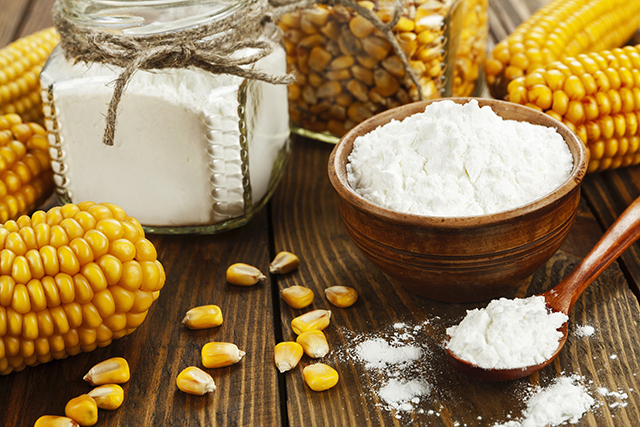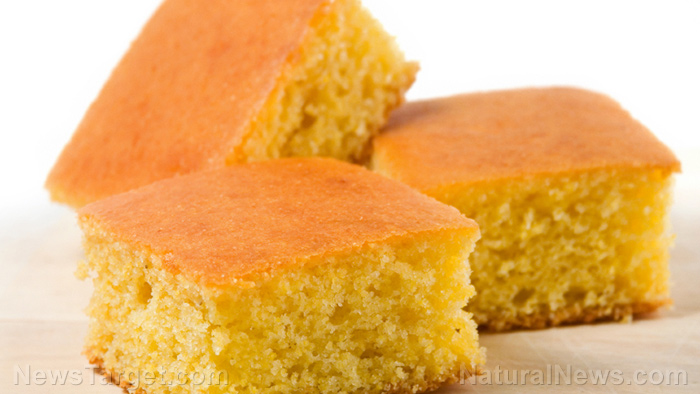Want better yields in the garden? Look to the heavens (well, the moon, anyway)
05/16/2016 / By usafeaturesmedia

(Homesteading.news) For ages, farmers worldwide have looked to the night sky to determine the right time to fertilize, sow, prune, weed or harvest. Some skeptics say planting by the cycles of the moon is just an old folklore, others swear by it.
The renewed attention for lunar gardening may be a reaction against the growing industrialization which drives huge numbers of people looking for methods to reconnect with the rhythm of our planet.
While planting by the lunar phases may be inspired by folklore and ancient observation, there is some scientific evidence that backs up this age-old method. Dr. Frank Brown, of Northwestern University in the United States, for instance, proved that plants absorb more water around a full moon and during a new moon.
So let’s take a closer look at lunar gardening to get the most out of this year’s harvest.
The effect of the moon on water
We all know that the moon plays a crucial role in ocean tides. If it can influence a mass of water that big, it makes sense that small bodies of water, like the water in the soil and plants, are also affected by the phases of our moon.
“Plants respond to the same gravitational pull of tides that affect the oceans, which alternately stimulates root and leaf growth. Seeds sprout more quickly, plants grow vigorously and at an optimum rate, harvests are larger and they don’t go to seed as fast,” wrote Caren Catterall on her website GardeningbytheMoon.com.
Types of lunar gardening
Over the years, farmers have adapted their system, and three types of lunar gardening have emerged.
The Synodic method is the easiest, and most used, form of lunar gardening. It tells you when to plant certain types of plants according to the phase of the moon.
The Biodynamic method takes this a step further and uses the constellations. In 1924, Rudolf Steiner noticed that, when the moon passes through certain constellations, plants will grow better. For instance, root crops will grow better when the moon passes through one of the “earth” signs, and leaf plants will do best when the moon passes through “water” signs.
The third system, Sidereal method, uses the orbit of the moon to determine the right time to do your gardening.
Synodic method in a nutshell
The Synodic method makes use of the four phases or quarters of the moon. During the waxing moon, light and sap flow increases, while with a waning moon light and sap flow are drawn down.
The new moon helps grow strong roots. More water is drawn into the soil, which improves germination of seeds. Moonlight increases, and according to ancient wisdom, this is the ideal time to plant crops which produce seeds outside the fruit (grains, spinach, cauliflower, cabbage, broccoli, celery and lettuce).
During the second quarter, moonlight increases even further which promotes stronger leaves. This seems to be the best period to plant crops with seeds inside the fruit (beans, peppers, tomatoes, squash and melons). The best two days for planting are the ones just before the full moon.
The full moon and the period that follows after the full moon are characterized by a moist soil and decreased moonlight. This is the time that root vegetables, such as carrots, beets, onions and potatoes, flourish. It’s also a good time to transplant seedlings or prune.
The fourth quarter is a resting period were moistness and moonlight are at their lowest. Avoid planting and focus on fertilizing the soil. This is the best time to mow grass, harvest, transplant and prune.
Reporting by Amy Goodrich, NaturalNews.com.
Sources:
http://www.canadiangardening.com
http://news.nationalgeographic.com
http://www.gardeningbythemoon.com
More:
- 10 veggies you can grow from scraps
- These veggies make the best companions in your garden and will grow better
- Backyard bounty: Vegetables are nature’s original nutritional powerhouses
Homesteading.news is part of the USA Features Media network. Check out our daily headlines here.
Tagged Under: gardening, lunar cycle




















